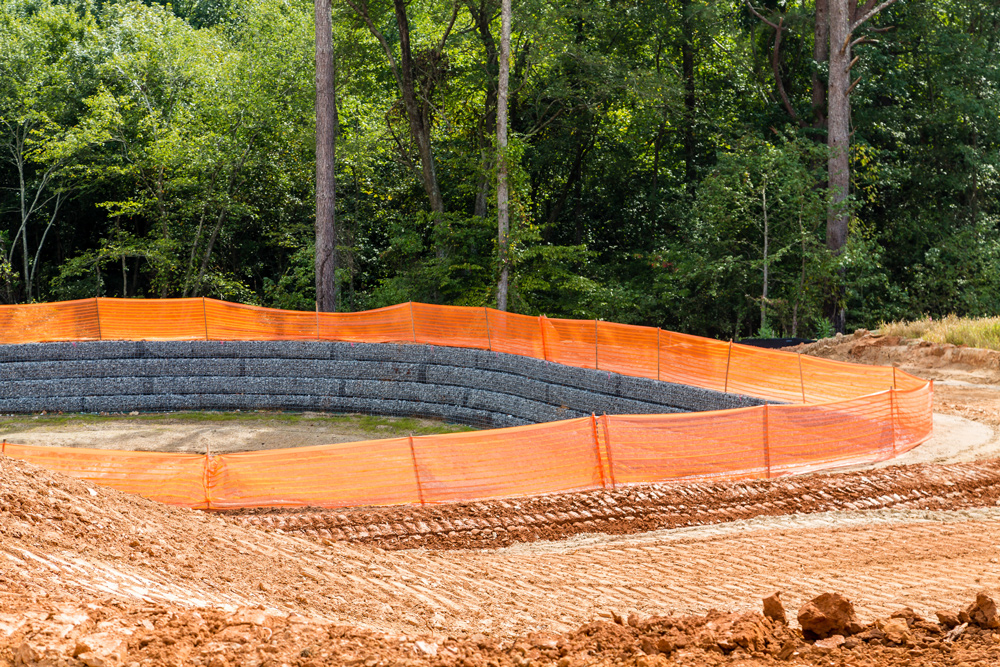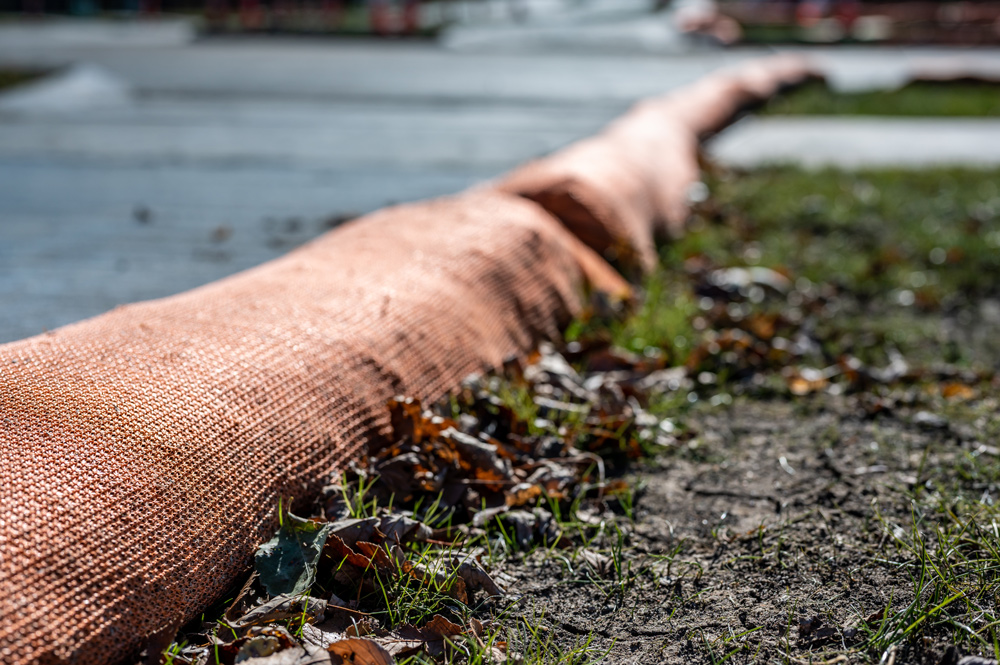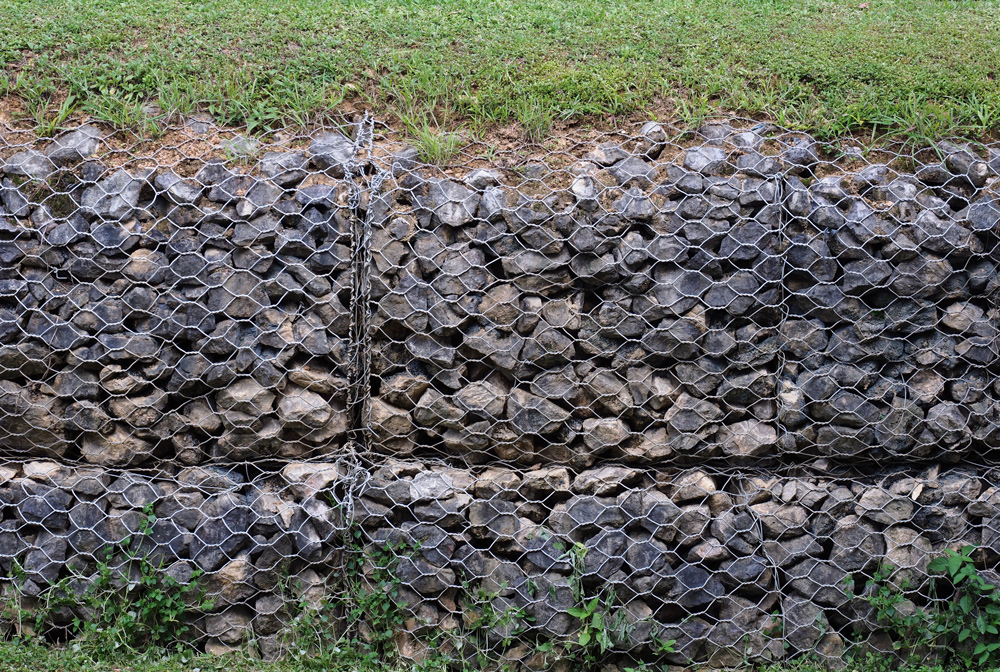Erosion & Sediment Control Installation & Maintenance
Erosion and sediment control is a critical component of construction and development projects, as it helps protect our environment and natural resources from the adverse effects of soil erosion and sediment runoff. The Environmental Protection Agency (EPA) provides guidance on best practices for developing and implementing a Stormwater Pollution Prevention Plan (SWPPP) that includes erosion and sediment control measures. In this article, we will delve into the importance of erosion and sediment control, focusing on various installation and maintenance techniques.

Why Erosion and Sediment Control Matters
Before we delve into specific erosion and sediment control techniques, it’s essential to understand why these measures are crucial. Erosion occurs when soil is dislodged and transported by wind, water, or other natural forces. When soil erodes, it can lead to a multitude of problems, including:
- Water Quality Degradation: Sediment-laden runoff can enter nearby water bodies, impairing water quality, and harming aquatic ecosystems. This can result in the destruction of habitats and the endangerment of aquatic species.
- Infrastructure Damage: Excessive sedimentation can clog stormwater systems, leading to costly repairs and maintenance for communities and municipalities.
- Legal and Regulatory Consequences: Non-compliance with erosion and sediment control regulations can result in fines and project delays.
Given these potential consequences, it’s evident that effective erosion and sediment control are essential for both environmental and project success. Let’s explore some key installation and maintenance techniques.
Perimeter BMP Controls
Best Management Practices (BMPs) are fundamental in managing erosion and sediment control. Perimeter BMP controls focus on preventing sediment runoff at the project’s boundary. These controls may include silt fences, straw wattles, and mulch socks. Proper installation and maintenance of these measures are essential to their effectiveness.

Installation & Maintenance
During installation, it’s crucial to ensure that these controls are correctly placed, firmly anchored, and adequately maintained. Any breaches or damage should be promptly repaired to prevent sediment escape.
Regular inspections are necessary to identify and address any issues with perimeter BMP controls. This may involve replacing damaged silt fences and ensuring that sediment is not escaping from the site.
Outfall Controls
Outfall controls are designed to capture and treat stormwater runoff before it is discharged into nearby water bodies. These controls may include sediment ponds and vegetative buffers. Proper installation and maintenance are vital to ensure that outfall controls effectively remove sediment and pollutants from runoff.
Installation & Maintenance
The correct design and construction of outfall controls are crucial. Sediment ponds, for example, should have the appropriate depth and capacity to capture sediment effectively. Properly installed vegetative buffers can also help filter and treat stormwater.
Regular inspections and maintenance activities, such as dredging sediment ponds and maintaining vegetative buffers, are essential to ensure outfall controls continue to function as intended.

Slope Protection
Slope protection measures are employed to prevent soil erosion on steep or vulnerable slopes. Techniques include installing erosion control blankets, hydroseeding, and planting vegetation.
Installation & Maintenance
Proper installation of erosion control blankets and hydroseeding involves securing materials to the slope to prevent erosion. Planting native vegetation with deep roots can help stabilize slopes.
Regular monitoring and maintenance, such as reseeding and repairing erosion control blankets, are necessary to ensure long-term slope stability.
Inlet Protection
Inlet protection measures focus on preventing sediment and debris from entering storm water inlets and drainage systems. Inlet protection may include sediment bags, filters, and check dams.
Installation
Correct placement of inlet protection devices is essential to intercept sediment before it enters drainage systems. Maintenance may involve replacing sediment-filled bags and cleaning filters.
Maintenance, Emergency Cleanup, and Street/Pavement Sweeping
Proper maintenance of erosion and sediment control measures is critical throughout the project’s duration. This includes regular inspections, repairs, and adjustments as needed. Additionally, having contingency plans for emergency cleanup in the event of unexpected storm events or breaches is crucial.
Street and pavement sweeping are also important components of erosion and sediment control. Regular sweeping removes sediment and debris from roadways, preventing them from being carried into stormwater systems.
Effective erosion and sediment control installation and maintenance are vital for the success of construction and development projects. Adhering to EPA guidance on best practices, regularly inspecting and maintaining erosion control measures, and promptly addressing issues are essential steps to protect our environment and ensure compliance with regulations. By prioritizing erosion and sediment control, we can safeguard our natural resources and mitigate the potential adverse impacts of construction activities on our surroundings.